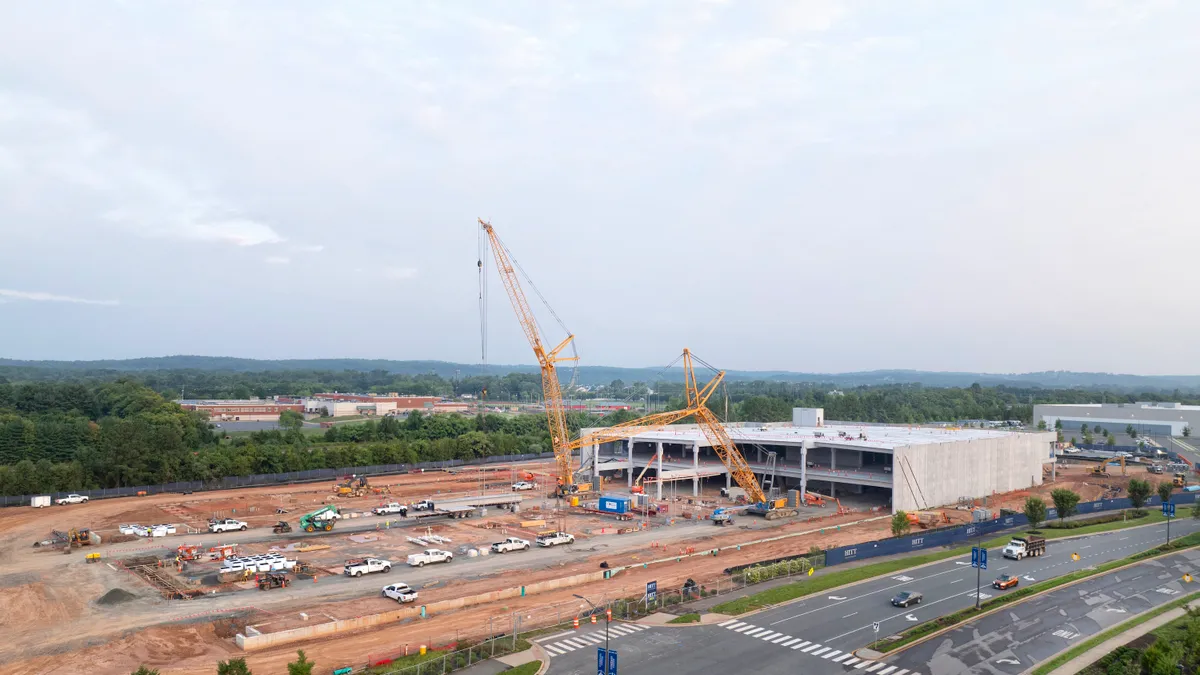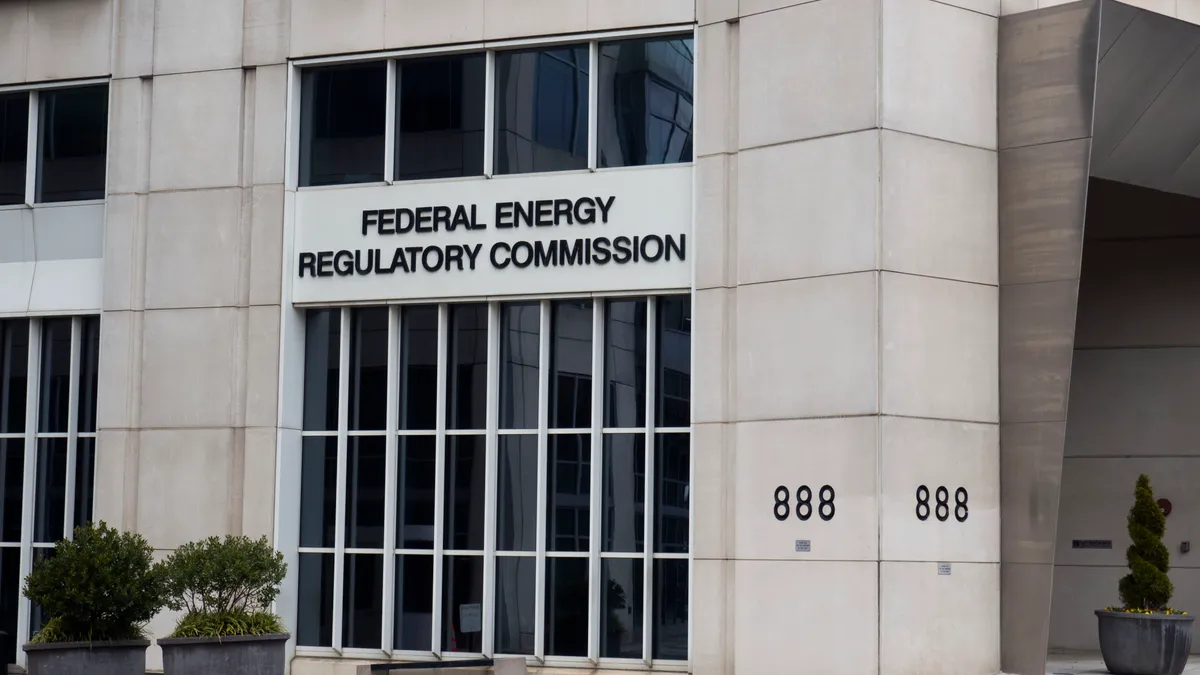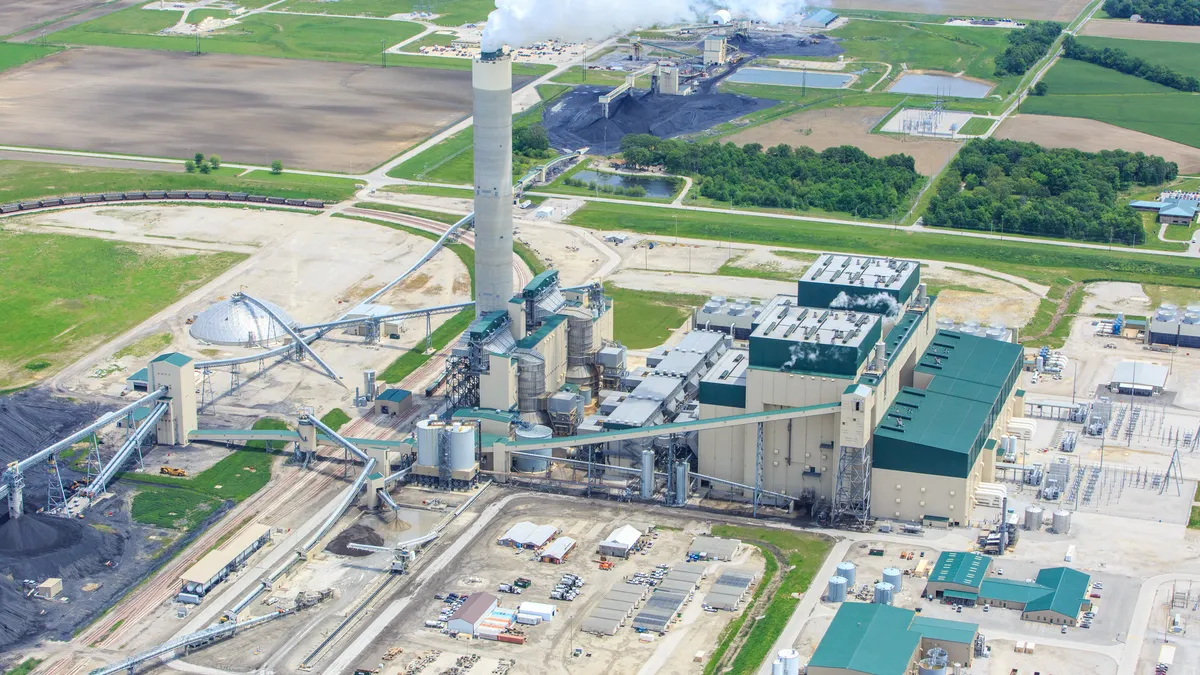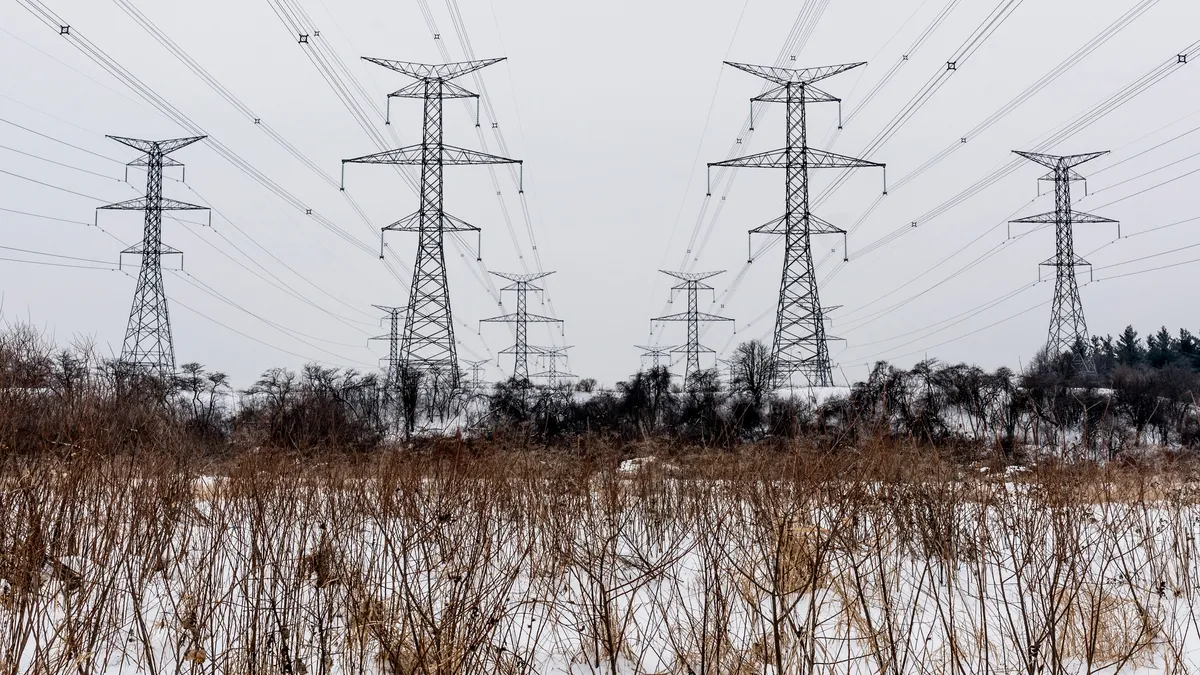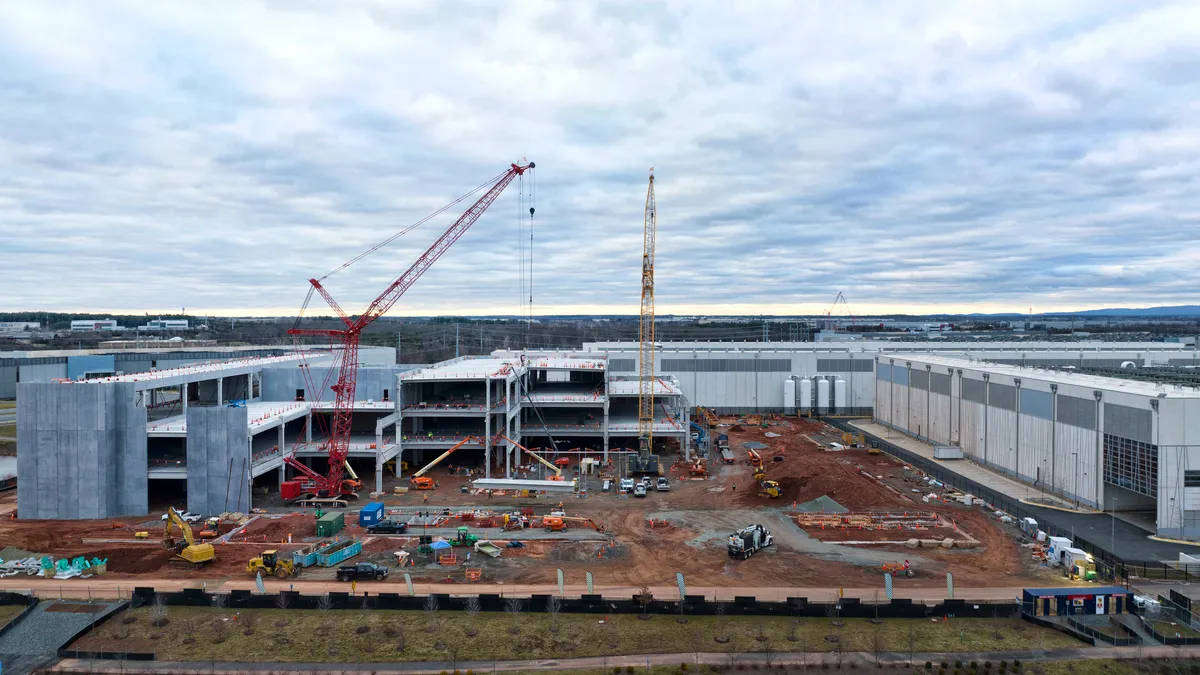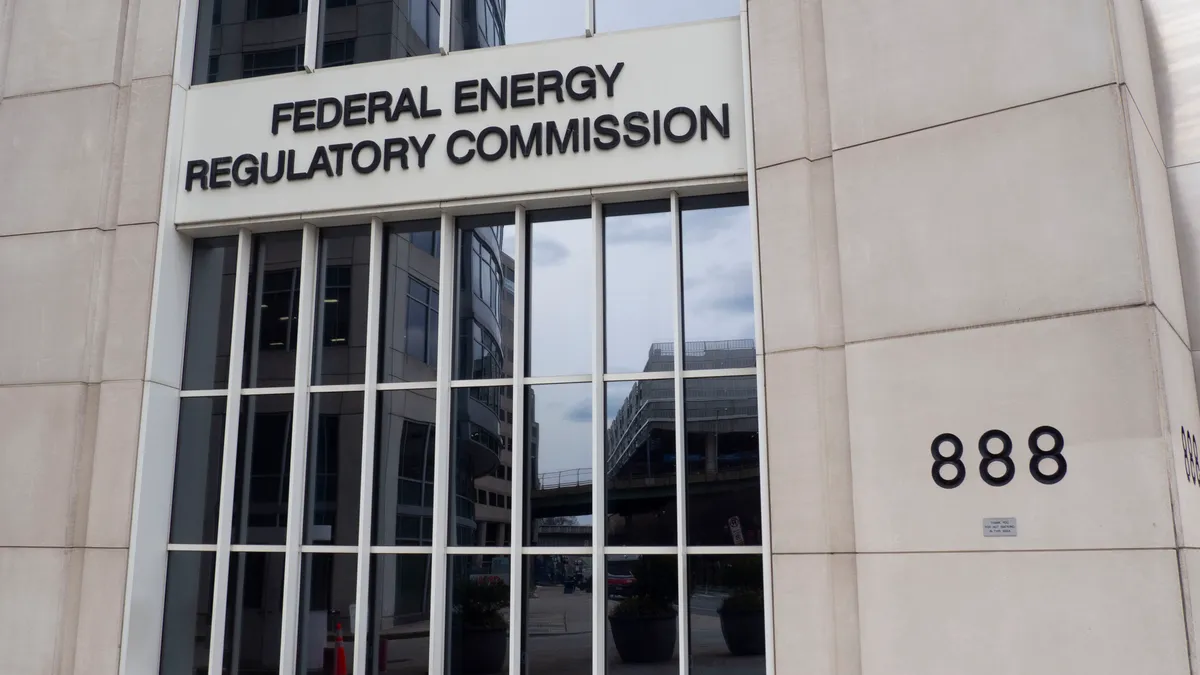Peter Freed is the founding partner of Near Horizon Group and spent 10 years as the director of energy strategy at Meta. Allison Clements is a partner with ASG, principal of 804 Advisory, and previously served as a commissioner on the Federal Energy Regulatory Commission.
Much has been said about the expected surge in new load on the electricity system in the coming years. As a result, grid operators and utilities are scrambling to understand how much load is actually coming and how best to meet this demand on a system that hasn’t seen significant load growth in nearly two decades. Regulators across the country are also rushing to address the Rubik’s Cube of challenges and opportunities this growth poses for customer protection, grid reliability and economic development. Many will be watching this week’s Federal Energy Regulatory Commission meeting with keen interest as the commission is expected to share how it plans to tackle some aspects of the emerging load forecasting, interconnection, planning and cost allocation issues this new electricity demand presents.
As grid-fueled power supply becomes increasingly constrained, a class of large customers frantic for capacity is willing to pay top dollar for speed and certainty. This need has resulted in rampant speculative behavior by developers across the country. And while the challenge is real, not all aspects of facilitating new load growth necessarily require additional regulatory intervention. Here we consider the sources of the speculative behavior issue and a commonsense approach to addressing them.
Whether it shows up as several different load interconnection requests for one viable project or a single request for a half-baked opportunity, the result is a significant amount of “phantom” load that not only inflates demand projections across the country but also introduces material uncertainty and inefficiency into individual utilities’ load interconnection processes. It is also increasingly difficult for legitimate project customers (e.g., tech companies) to differentiate signal from noise on real project opportunities.
If it all sounds eerily familiar, that’s because we’ve seen this show once before. Generation interconnection inefficiencies snowballed over the last two decades in large part due to speculative generation filings, to the point that some regions’ generation interconnection processes ground to a halt. Utilities and FERC have stepped in to help reverse course but digging out from under overwrought interconnection queues not surprisingly introduced additional market disruption and delay.
As the volume of large load interconnection requests continue to increase and to expand geographically, we find ourselves at a critical juncture. We can haphazardly continue down the path of a fragmented and increasingly untenable approach to large load-side interconnection, or we can take the opportunity to introduce rational standardization to the process.
While it is impossible to fully generalize, large load interconnection does not usually involve a formal queue, at least not a transparent one. Further, entering the load-side interconnection process often presents very low barriers to entry in terms of both time and financial commitment. Moving up or down the list of loads being studied can seem arbitrary or come down to other factors like how high an economic development priority the project is for the state.
Of course, there has always been some degree of prospecting that necessarily occurs for large new interconnections. Many factors go into the siting decision for a hyperscale data center or a large manufacturing facility. Companies often look at a small handful of sites in parallel to ensure at least one meets all their criteria, and frequently even the sites that aren’t selected for a given project are revisited in future efforts. This sensible risk-mitigating behavior is notably different from the increasingly speculative behavior spreading across the market today.
With regulatory and legislative proposals materializing across the states, utilities, customers, and other stakeholders have a relatively narrow window to get in front of new regulation by coalescing around common-sense principles for large load-side interconnections. A standardized load-side interconnection process will not eliminate speculation, but it will go a long way towards getting it under control. While the specifics will differ across utilities and RTOs, we propose the following list to inform these quickly moving efforts:
- Standard process and queuing. A basic first step is standardizing the approach to load-side interconnection through a clear, repeatable process that includes where projects are placed in a queue and according to what factors. While some utilities do have existing processes, standardizing them, at least within and across utilities in the same planning region, is essential.
- Transparency. Providing some understanding of what projects are in the interconnection queue, their queue position, who they belong to (perhaps specific but anonymized attribution), where they are located, how large they are and how they are progressing will help the legitimate end users of the proposed projects evaluate developer credibility and project viability.
- Avoidance of bias. The ability of a project to enter the queue at a given position should not be specific to the project, rather it should be driven by the same process and consideration criteria that apply equally to all projects.
- Financial readiness. The fees associated with participating in the load interconnection process should be commensurate with the cost of that interconnection and project size. A series of progressively growing fees, linked to a project’s progress through the process and perhaps ultimately totaling in the millions rather than thousands of dollars, is appropriate for large projects.
- Commercial readiness. A mechanism to demonstrate capability in developing the type of project proposed will also help control speculative behavior. This could range from a subjective measure such as a demonstrated track record of developing the type of facility proposed to a much more objective test such as a reservation or down payment on a certain percentage of long-lead equipment.
- Ability to remove projects from the queue. The generation-side interconnection process has shown us that queues can get congested with projects that will never be built. Including a mechanism for removing nonviable projects from the process will be important to keeping it moving smoothly.
By aligning around these core concepts, utilities and customers can work collaboratively to create a more standardized and rational approach. Implementation of these principles should serve to differentiate legitimate prospecting from explicitly speculative behavior. While realizing some of these principles may require state regulatory consideration, stakeholder consensus can serve to avoid undesirable outcomes, which range from a different process in every jurisdiction to the potential for slow-moving and overly burdensome oversight.
It is worth noting two bigger ticket items that will, in fact, require regulatory intervention and are likely to have a principal impact on whether the country is successful in facilitating all this new electricity demand. Interconnecting utilities should apply sound principles of rate design, especially cost causation, to the allocation of large load interconnection costs. Transparency in the analysis of which costs should be assigned to interconnecting customers and which provide greater system benefit will be key.
Further, as a recent study by Duke University’s Nicholas Institute determines, designing opportunities for flexible interconnection subject to curtailment could create massive fast and cost-effective interconnection opportunities. Implementing rules to address these two challenges are essential — and we are clear-eyed about the difficulty involved in their development. While we are waiting for FERC and state regulators to weigh in on these broader challenges, we can get started on fixing the load-side interconnection process today.


